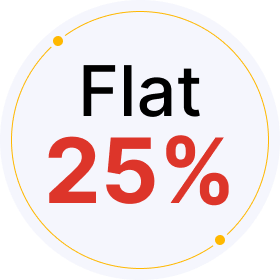
- Blockchain Council
- February 17, 2025
Crypto trading offers multiple strategies to profit from market movements, but two of the most popular methods for retail investors are scalping and swing trading. While scalping focuses on quick, small profits multiple times a day, swing trading aims to capture larger price movements over several days or weeks.
But which strategy is more profitable for retail traders in 2025? In this guide, we’ll compare crypto scalping and swing trading, explore their pros and cons, and help you determine which method suits your trading style.
Table of Contents
What is Crypto Scalping?
What is Swing Trading in Crypto?
Scalping vs. Swing Trading: Key Differences (Comparison Table)
Pros and Cons of Scalping
Pros and Cons of Swing Trading
Which Strategy is More Profitable for Retail Traders?
Best Crypto Exchanges for Scalping & Swing Trading (Info Table)
How Blockchain Council Certifications Can Help You Master Trading
Conclusion
What is Crypto Scalping?
Crypto scalping is a high-frequency trading strategy where traders aim to make multiple small profits per day. Scalpers hold positions for a few seconds to minutes, taking advantage of tiny price movements.
Key Features of Scalping:
- Multiple trades per day (5-100+ trades daily).
- Quick entries and exits to capture small price fluctuations.
- Requires high liquidity and low trading fees.
- Often uses leverage to amplify profits.
Example: A trader buys Bitcoin at $50,000 and sells at $50,050, making a small profit. They repeat this process multiple times a day.
What is Swing Trading in Crypto?
Swing trading is a medium-term strategy where traders hold positions for days or weeks to capture larger market trends.
Key Features of Swing Trading:
- Fewer trades (1-10 trades per week).
- Aims for bigger profits from larger price movements.
- Uses technical & fundamental analysis to identify trends.
- Less screen time needed compared to scalping.
Example: A swing trader buys Ethereum at $3,000 and holds for 2 weeks until it reaches $3,500, making a larger profit.
Scalping vs. Swing Trading: Key Differences
| Feature | Scalping 🏎️ | Swing Trading 📊 |
| Trade Duration | Seconds to minutes | Days to weeks |
| Profit Per Trade | Small (0.1%–2%) | Larger (5%–30%) |
| Number of Trades | 5-100+ per day | 1-10 per week |
| Time Commitment | High (Constant Monitoring) | Medium (Few Hours Per Week) |
| Best for Beginners? | ❌ No (Requires experience) | ✅ Yes (Easier to manage) |
| Technical Indicators Used | RSI, MACD, Bollinger Bands | Moving Averages, Fibonacci, RSI |
| Risk Level | High (Frequent Losses Possible) | Medium (Less Risky) |
Verdict: Scalping is fast-paced and high-risk, while swing trading is better suited for beginners.
Pros and Cons of Scalping
Pros:
- Quick Profits – Make multiple trades daily for fast gains.
- No Overnight Risk – Trades close within minutes.
- Works in Any Market – Profitable in bull or bear trends.
Cons:
- High Stress & Screen Time – Requires constant monitoring.
- Higher Trading Fees – Frequent trades increase costs.
- Requires Advanced Skills – Not ideal for beginners.
Best for: Experienced traders who can make quick decisions under pressure.
Pros and Cons of Swing Trading
Pros:
- Less Stressful – No need for constant screen time.
- Bigger Profits Per Trade – Captures major price swings.
- Easier for Beginners – Fewer trades, simpler strategies.
Cons:
- Overnight Risk – Prices can gap down unexpectedly.
- Requires Patience – Trades take days to weeks to play out.
- Can Miss Short-Term Moves – Not ideal for daily market fluctuations.
Best for: Beginners and part-time traders looking for steady gains.
Which Strategy is More Profitable for Retail Traders?
It depends on your trading style and risk tolerance:
| If You Prefer… | Best Strategy |
| Quick Profits & High Action | Scalping 🏎️ |
| Lower Stress & Bigger Gains | Swing Trading 📊 |
| Part-Time Trading | Swing Trading ✅ |
| Full-Time Trading | Scalping ✅ |
Verdict: Swing trading is better for most retail traders, while scalping works best for experienced, active traders.
Best Crypto Exchanges for Scalping & Swing Trading
| Exchange | Best For | Trading Fees | Leverage Available? |
| Binance | Scalping & Swing | 0.1% | ✅ Yes (up to 125x) |
| Bybit | Scalping | 0.075% | ✅ Yes (up to 100x) |
| Kraken | Swing Trading | 0.16% | ✅ Yes (up to 5x) |
| KuCoin | Altcoin Scalping | 0.1% | ✅ Yes (up to 100x) |
| Coinbase | Beginner Swing Trading | 0.5% | ❌ No |
Tip: Use low-fee exchanges for scalping to avoid losing profits to fees.
How Blockchain Council Certifications Can Help You Master Trading
Want to master crypto trading strategies? Blockchain Council certifications teach scalping, swing trading, risk management, and market analysis.
Recommended Certifications for Traders:
- Certified Cryptocurrency Trader™ (CCT) – Covers scalping, swing trading, and market indicators.
- Certified Blockchain Expert™ (CBE) – Learn how blockchain technology impacts trading trends.
- Online Degree™ in Cryptocurrency & Trading – A full crypto trading & investment course.
Technical Certifications from Global Tech Council:
- Certified Node.JS Developer™ & Certified React Developer™ – Ideal for building trading bots.
SEO & Digital Growth Certifications from Universal Business Council:
- Certified SEO Expert® – Helps traders grow crypto blogs & YouTube channels.
Conclusion
Both scalping and swing trading can be profitable for retail traders, but choosing the right strategy depends on your experience, risk tolerance, and time availability.
Final Verdict:
- Scalping = Best for active, full-time traders.
- Swing Trading = Best for beginners & part-time traders.
To become a pro trader, enroll in Blockchain Council’s Certified Cryptocurrency Trader™ (CCT) certification, which teaches both scalping and swing trading strategies.
Start trading smarter and maximize your profits today!
















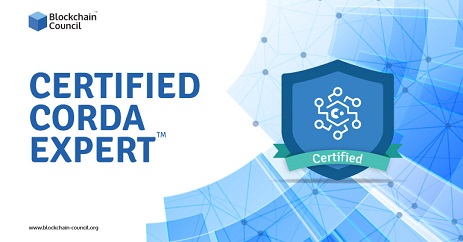







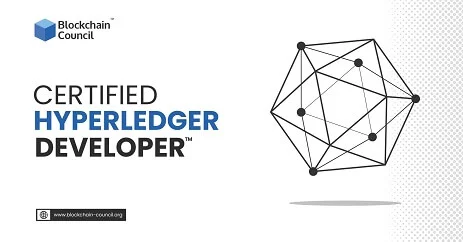

























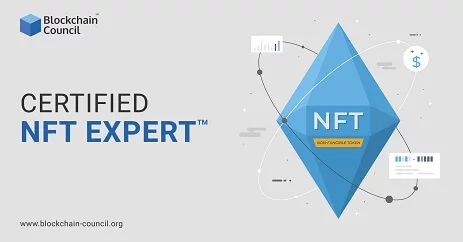
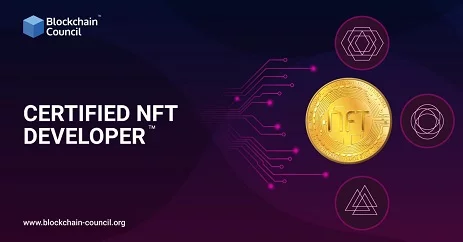
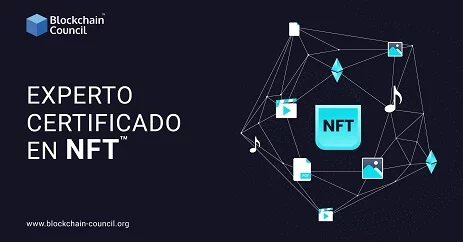

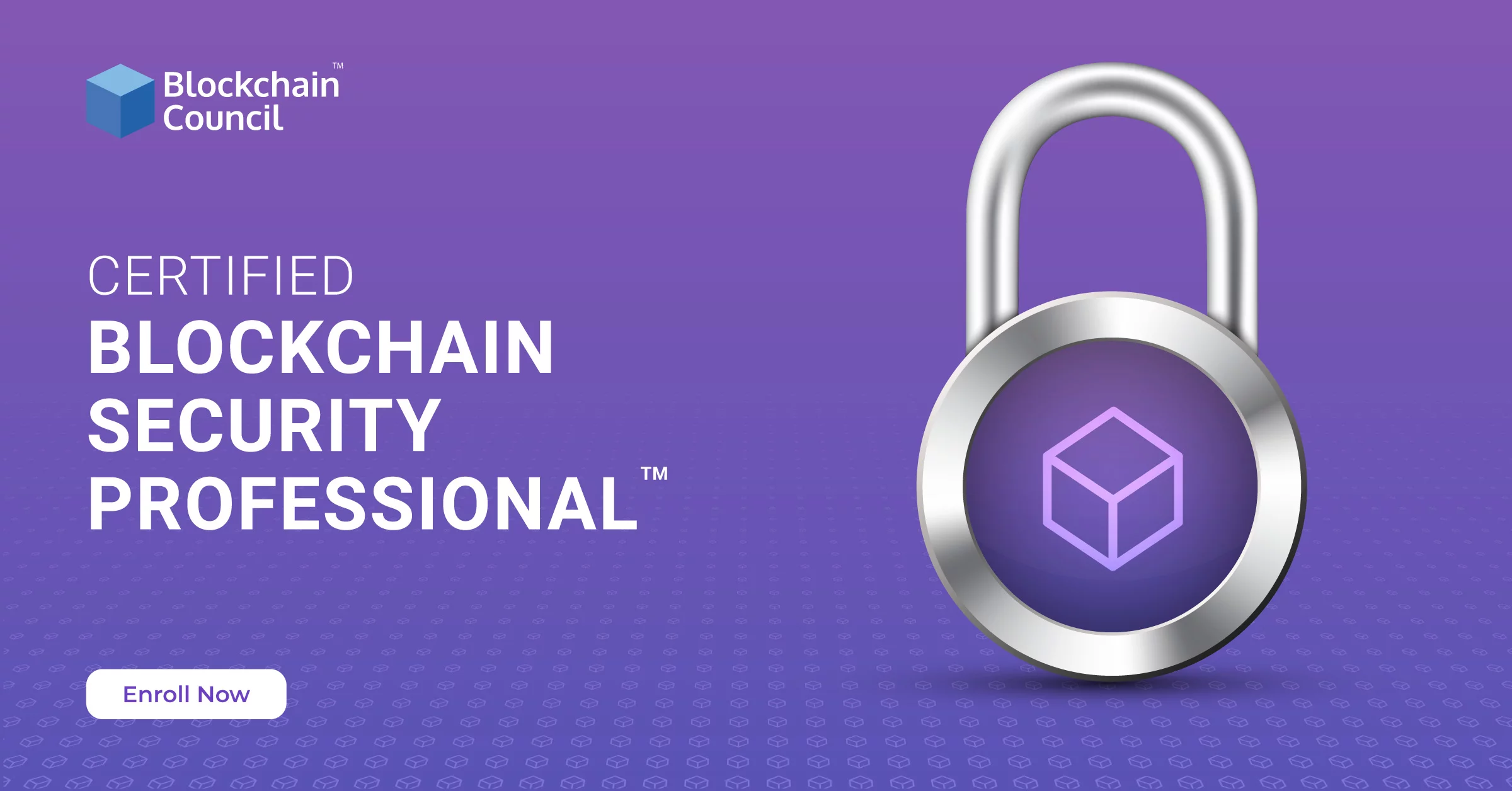











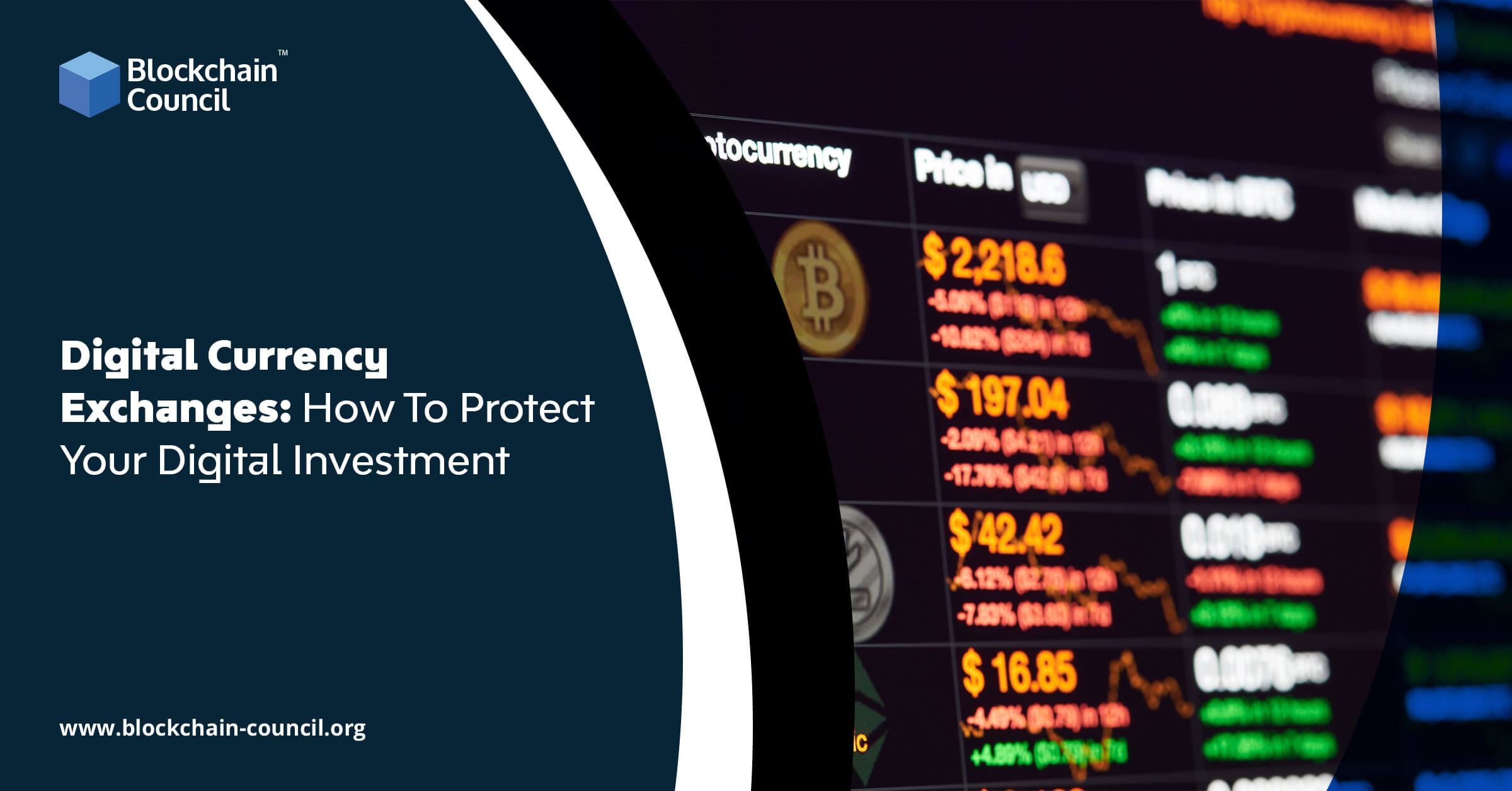


 Guides
Guides News
News Blockchain
Blockchain Cryptocurrency
& Digital Assets
Cryptocurrency
& Digital Assets Web3
Web3 Metaverse & NFTs
Metaverse & NFTs